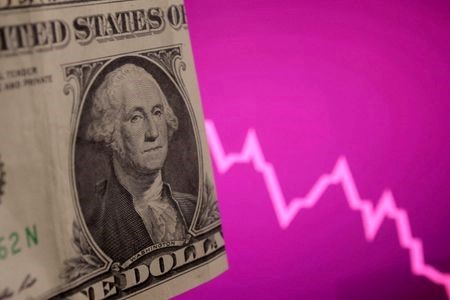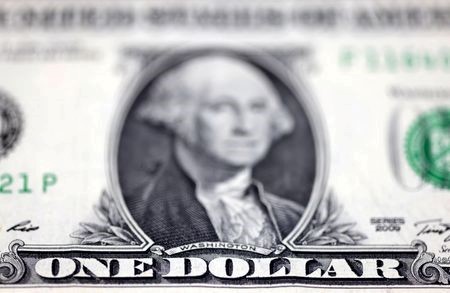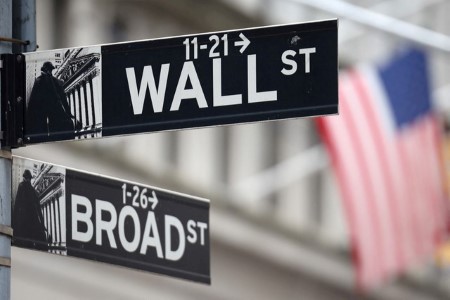ORLANDO, Florida – If US President Donald Trump wants a weaker dollar, threatening to fire Federal Reserve Chair Jerome Powell is a sure-fire way of getting it. But rarely in markets, economics and policymaking has the phrase “be careful what you wish for” ever been more apt.
Trump’s frustration with Powell for not lowering interest rates goes back to his first term in the White House, but his latest verbal attacks mark an escalation that could quickly turn a dollar slump into a potentially catastrophic rout.
That’s not hyperbole. The dollar is down 9% this year and has lost almost 6% of its value this month alone, a slide that accelerated when Trump’s “Liberation Day” tariffs threw markets into a downward spiral of uncertainty and confusion.
The dollar’s decline this year has wiped out all of last year’s gains, which is quite a feat considering the tsunami of capital inflows as investors around the world plowed trillions into Wall Street on the back of the “US exceptionalism” story.
Measured against a basket of major currencies, the dollar is on track for its steepest monthly decline since the Global Financial Crisis of 2007-09, and its eighth biggest since the era of free-floating exchange rates was introduced more than 50 years ago.
Excluding the GFC, the last time the dollar fell this much in a calendar month was in 1985, just before five countries agreed to weaken what was legitimately an overvalued dollar via the famed “Plaza Accord” in September of that year.
The scale of dollar selling underway now is historic, and worryingly for policymakers, it appears to be rooted in concern about the direction and credibility of US policymaking.
There’s almost nothing that could undermine credibility in a country’s economic policymaking – and its currency – more than forcibly removing the head of the central bank: Even in the United States and even the dollar. Or perhaps, especially in the US and especially the dollar, because of the outsized role both play in the global financial system.
Former Boston Fed President Eric Rosengren put in plainly on Monday when he wrote on the social media platform X: “Unless the goal is to make the US trade like a third-world country, threatening federal reserve independence only makes the US less attractive to foreign investors.”
POLYMARKET ODDS
Of course, the doomsday scenario may be avoided. Trump could back down or soften his stance, Powell might decide to voluntarily step down to limit the damage, or markets could take the view that his replacement may not be so bad after all. But right now, there’s little to suggest any of those scenarios will play out.
In the near term, Powell’s exit would probably prompt an immediate, dovish repricing of the Fed’s rate outlook.
Traders currently expect the Fed to cut interest rates by 100 basis points this year to 3.25-3.50%, but that’s with Powell attempting to balance growth concerns with any rising price pressures. A Fed more in tune with Trump’s thinking would tilt that balance in the direction of more easing.
But that’s only part of the story because continued dollar weakness wouldn’t be welcomed by other countries, whose currencies would be rising in value against the greenback. Moreover, shattered faith in the dollar would risk unleashing tremors that could rip through global markets in unexpected ways. Official intervention would surely come at some point.
But would it succeed?
“Fending off a speculative attack (on the dollar) would be challenging,” warns economist Phil Suttle, even for the Fed, as US rates would probably be falling in such a fevered “risk off” environment.
Redrawing the world’s economic architecture is one of Trump’s economic goals. Political interference in the central bank, unmooring inflation expectations and torpedoing the world’s faith in the dollar would certainly do that, but it’s a high price to pay.
Online prediction market Polymarket is currently attaching a 19% chance to Powell getting fired by the end of this year, up from around 15%, where it has hovered for most of this year, but down from as high as 23% last week. Unless Trump has a sudden change of heart, this probability – and pressure on the dollar – is likely to rise.
(The opinions expressed here are those of the author, a columnist for Reuters.)
(By Jamie McGeever; Editing by Aurora Ellis)







 DOWNLOAD
DOWNLOAD













